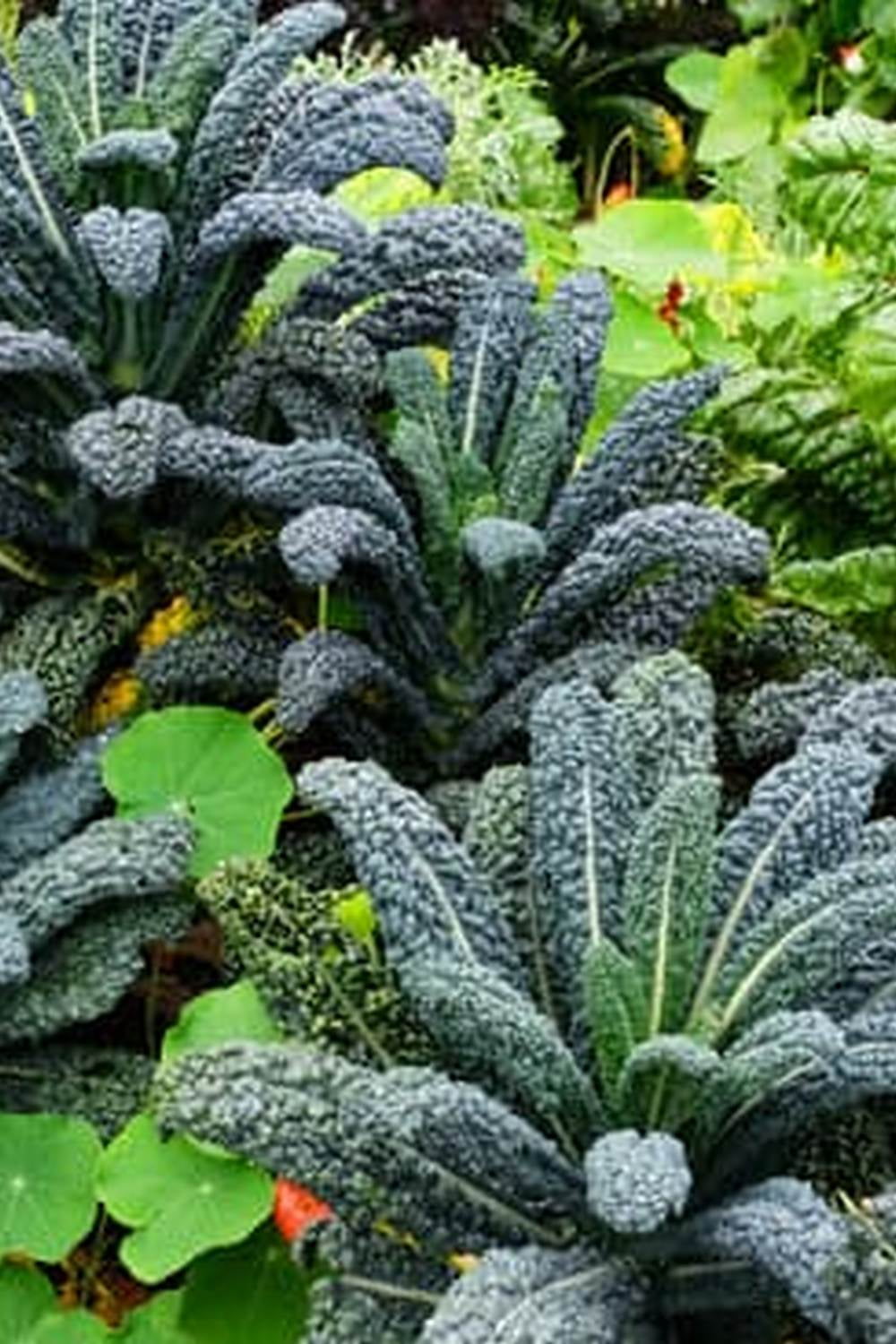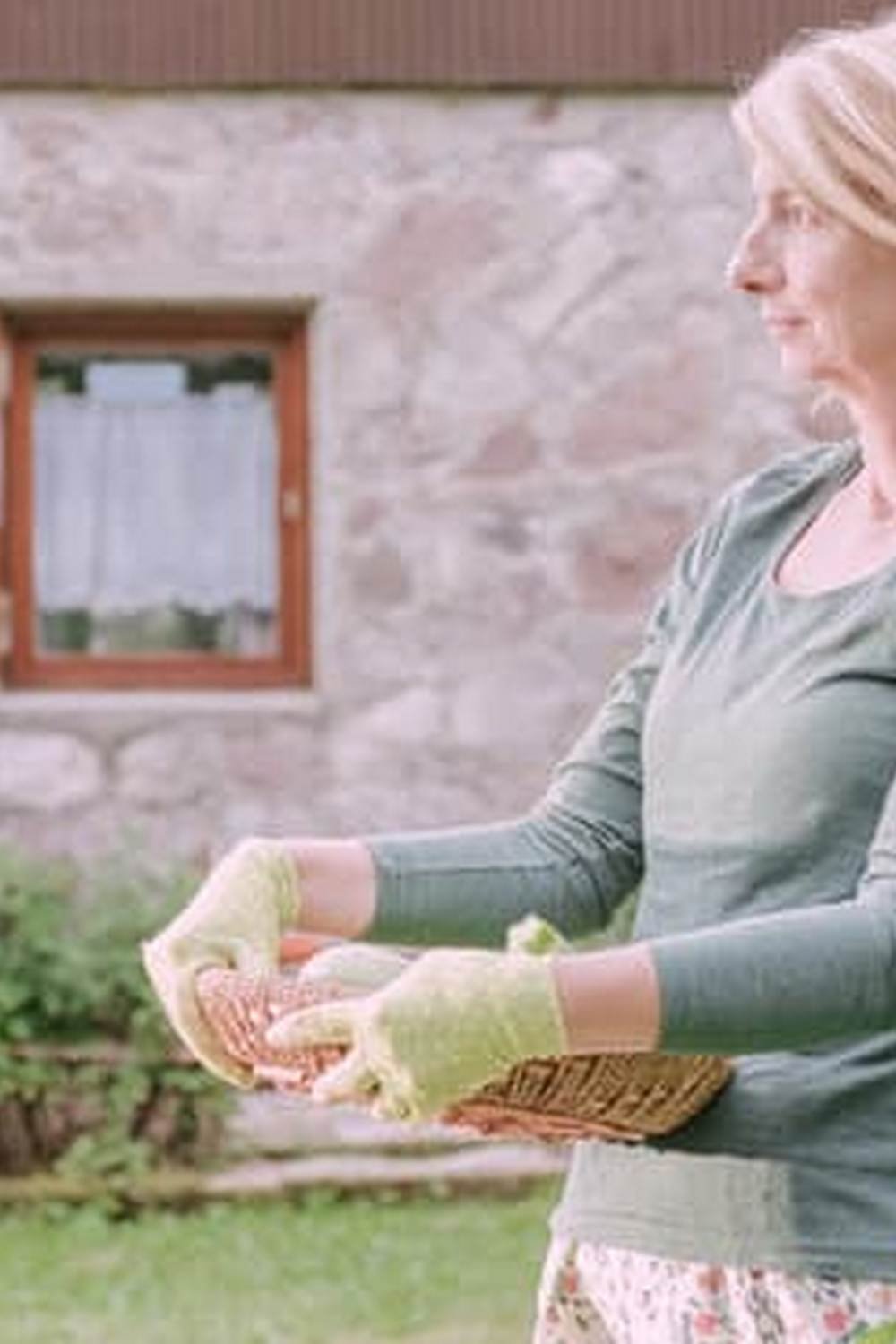Introduction What Is a Potted Vegetable Garden and Its Benefits
A potted vegetable garden is an easy and convenient way to enjoy the benefits of homegrown vegetables without needing a lot of space. It involves growing vegetables, herbs, and even fruits in containers instead of directly in the ground. This method of gardening is ideal for those who wish to have their own vegetable patch but don’t have the resources or space to do it the traditional way.
Benefits include a higher yield-per-square-foot compared to traditional gardens, as well as more room for creativity when designing a plant layout given the size limits of containers. Potted vegetable gardens also require less labor and are easily tailored to individual needs since containers can be moved around throughout the year making them easy to access any areas that receive excessive sun and shade in order to optimize for best results and lessen the stresses on certain types of plants. Another benefit is that by using raised beds or structures it’s possible to create a better drainage system than those found in traditional gardens which increases soil aeration, conserves water, and improves the quality of crops produced. Additionally, potted vegetable gardens are generally more convenient since they don’t require tilling or hard labor like traditional gardens do. Finally, choosing correct pot sizes can also reduce weeds since weed growth is typically limited between small no-soil pockets inside containers
Choosing the Right Containers for Your Vegetable Garden
When planning your potted vegetable garden, it is important to choose the right containers for the different vegetables you will be growing. For many small-scale vegetable growers, one of the most common and economical options are plastic or terracotta pots. Plastic pots are lightweight and generally easier to move around than heavier earthenware pots, while terracotta pots offer decorative charm in addition to excellent drainage.
You may also want to consider choosing a range of pot sizes, as many vegetables require more extensive root systems while others can thrive in shallow containers. Smaller and medium sized pots work well for leafy greens such as lettuce, spinach and kale; whereas bush beans, peppers and eggplants need larger deeper containers for optimal growth. Root crops like carrots and potatoes should have at least 8-12 inches of soil depth in order to reach their full maturity size. Additionally, tomatoes, cucumbers, peas and other climbing or vining plants generally do best when placed in larger hanging baskets or wall planters. It can be difficult to provide adequate support for plants with long stems when using traditional container types like pans, tubs or even barrels; so it is important to select the appropriate infrastructure for providing required support when growing climbing vegetables indoors or outdoors in small places.
Determine an Appropriate Location for Your Vegetable Garden
When determining the best location for your potted vegetables garden, there are several factors to consider. First, pick a sheltered spot where your pots will not be exposed to strong winds or direct sunlight for long periods of time. A well-ventilated area with some shade is ideal. You’ll also want to make sure the planters have good drainage and aren’t too close together so that air and water can circulate easily. If you have a patio or deck, these spaces can be especially good choices as the planters won’t need to be moved nearly as much as if you had them placed in an outdoor area. You should also avoid busy pathways and other high-traffic areas, since you don’t want people stepping over or even knocking over your planters as they go about their day. Additionally, if possible, place the vegetable garden in close proximity to a faucet or hose so you don’t need to haul buckets of water around when it comes time to water your plants. Once you’ve chosen the perfect spot ,perhaps near a window or sunny balcony, fill your pots with soil and begin planting!
Popular Vegetable Varieties to Grow in a Potted Garden
When considering which vegetable varieties to grow in a potted garden, there are many options available. Tomatoes, peppers, cucumbers, carrots, squash, zucchini, eggplant and lettuce are all popular choices. Other vegetables that can be grown in limited space include beans, spinach, kale, radishes and onions. Potatoes can also be successfully grown in pots if given sufficient space for the root system to spread out.
Herbs like parsley and basil can be easily incorporated into a potted garden as well. For larger pots or containers you could even plant shrub type plants such as blueberries or strawberries. As with any vegetable garden soil is key. A good potting mix with plenty of nutrients should be used to ensure the best growth possible. Container gardens require more frequent watering than those planted in the ground so careful attention must be taken when caring for your plants to prevent over or underwatering them. It’s also important to protect the plants from extreme temperature fluctuations; providing shade at certain points during the day or bringing them indoors during strong storms are good ways of ensuring their longevity and health throughout the growing season. With a bit of experimentation and dedication it is possible to have delicious homegrown vegetables all year round!
Overwintering Strategies for Your Potted Vegetable Garden
If you have a potted vegetable garden, over-wintering your plants is an important step to ensure that they survive cold temperatures and remain healthy through the winter. To do this, there are several recommended strategies you can use. First, choose containers that are big enough to accommodate the root systems of your vegetables as they grow. This will allow them more protection from temperature extremes. Additionally, position your containers in full sun for as much of the day as possible during winter months to maximize photosynthesis. In addition to this, make sure the soil in each container is well-drained so it won’t freeze or become too waterlogged. Finally, give your vegetables extra protection from frosts by covering them with bed sheets or straw when temperatures drop very low. By taking these precautions and monitoring potting media regularly for moisture content, you can successfully overwinter your potted vegetable garden.
Proven Strategies for a Successful Potted Vegetable Garden
If you’re looking for a way to grow vegetables in a limited space, potted vegetable gardening could be the solution. It’s an easy and accessible way to get started in the garden even if you don’t have much outdoor space available. Here are some tried and tested strategies to help ensure that your potted vegetable garden is a success:
1. Choose the right containers. To give your plants enough room to properly expand their roots and produce an ample crop of vegetables, choose containers of at least five gallons or larger for larger plants like tomatoes and peppers. For smaller varieties, such as herbs or greens, choose smaller planters with a shallower depth.
2. Use quality soil mix. When growing vegetables in pots, look for a pre-mixed potting soil or combine one part peat moss, one part perlite and one part compost for optimal nutrition for your plants.
3. Consider drainage requirements of each plant you select. Check the tags on vegetable seedlings when purchasing from nurseries in order to ensure proper drainage for your selection of vegetables – particularly those sensitive to humidity or flooding death such as lettuce and celery — by adding drainage holes in the bottom of containers if needed.
4. Be mindful of sunlight needs. Depending on what type of vegetables you’re planting make sure that they receive enough sunlight throughout the day; most require 6-8 hours daily; however leafy greens may need less direct light by being placed more shaded areas instead of sunny ones directly facing south..
5. Monitor moisture levels closely to avoid over-watering and root rot which can cause serious damage rapidly to your crops if unchecked because roots become saturated with water while nutrients can easily wash away; instead use drip systems frequently during hotter days or mist regularly starting from early morning till late evening so materials absorb better than wetting them directly simultaneously..
. 6 Establish good nutrient regimen: If just beginning out in gardening along with using high quality potting soil , adding fertilizers can provide essential nourishment that often lacks among contained items as chemical composition lacking in microbiota made up after months used wherein any additional liquid such as Epsom salt can also added helps immensely too facilitate best results accommodating particular plants family grown short range basis individually tailored unique conditions encountered within setting…
Maximizing Output in a Small Space
Potted vegetable gardening is an increasingly popular way to produce a crop of fresh vegetables in a limited space. It is perfect for homeowners who have only a small outdoor area, or even none at all. Potted vegetable gardens can also help you get the most out of your available space by allowing you to store and transport any containers when necessary. With a bit of know-how, some basic tools, and the right containers, growing vegetables in pots can be just as rewarding as traditional garden beds.
One advantage of potted vegetable gardening is that it allows more control over soil quality and nutrients than traditional garden beds. It also eliminates weeds, since all plants are confined within their own separate container. When choosing containers for your vegetables, remember that they should be big enough to allow adequate root system development and proper drainage. The material of the pot can make a difference; clay makes a great container because it naturally resists moisture while plastic retains it better than clay.
When planting in pots, use healthy potting soil rather than dirt pulled from the ground or garden bed — this will give your vegetables important nutrients lacking in regular soil. Additionally, choose plants adapted to growing in limited spaces such as bush beans, dwarf tomatoes, miniature bell peppers, and so on. Lastly, consider positioning your containers near walls or other objects that can provide additional heat and light depending on sunlight patterns during the winter months. With clever placement and proper tending along with a bit of patience, you will soon have a productive vegetable garden thriving in no time!
Conclusion Reap the Benefits of Growing Vegetables in a Potted Garden
Growing vegetables in a potted garden is an easy and practical way to enjoy the benefits of fresh produce. By using pots, you are able to save space, regulate the soil quality better, and access the most nutritious vegetables available. You can save money by growing your own food since you won’t have to buy it at retail prices. Furthermore, by growing the freshest veggies possible, you can have peace of mind knowing that you are providing your family with only the healthiest options for meals. Not to mention, potted vegetable gardens can be aesthetically pleasing and add some beauty to your yard or balcony. All in all, potted vegetable gardens provide extraordinary benefits that every avid gardener should take advantage of!

If you’re looking to get into vegetable gardening, or are just looking for some tips on how to make your current garden better, then you’ve come to the right place! My name is Ethel and I have been gardening for years. In this blog, I’m going to share with you some of my best tips on how to create a successful vegetable garden.





